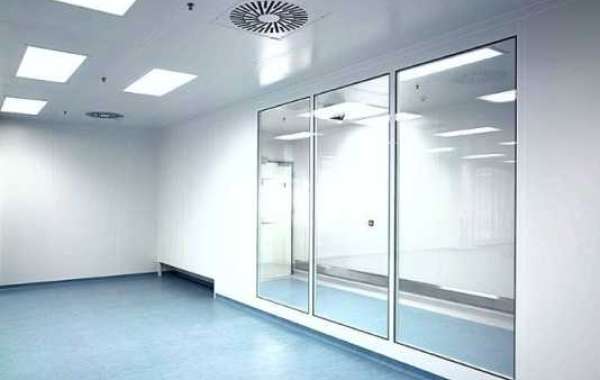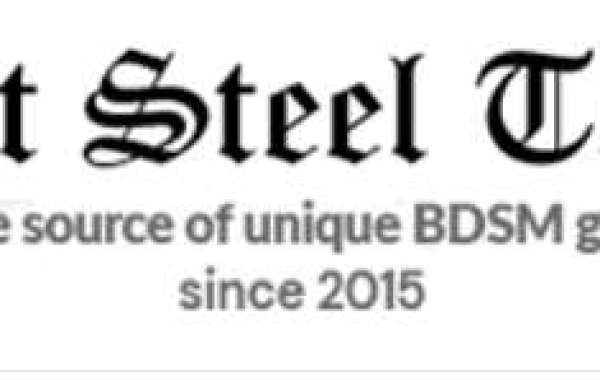In industries where precision, sterility, and contamination control are critical, ISO 8 clean rooms play a foundational role. These controlled environments are widely used in sectors such as pharmaceuticals, electronics, biotechnology, aerospace, and medical device manufacturing. With increasing regulatory scrutiny and evolving standards, maintaining an effective and compliant ISO 8 clean room is more crucial than ever.
What is an ISO 8 Clean Room?
An ISO 8 clean room is classified under the ISO 14644-1 standard, which defines cleanroom classifications by the concentration of airborne particles. ISO 8 is among the less stringent cleanroom classifications, yet it is essential for many industrial applications that require low levels of contamination.
ISO 8 allows for:
- 3,520,000 particles per cubic meter of air (≥0.5 µm)
- Up to 29,300 particles per cubic meter (≥5.0 µm)
This classification is roughly equivalent to the older Class 100,000 under the now-superseded FED-STD-209E standard.
Key Features of ISO 8 Clean Rooms
1. Air Filtration and HVAC Systems
To maintain ISO 8 standards, air within the clean room must be filtered through HEPA (High-Efficiency Particulate Air) filters. These filters remove 99.97% of particles ≥0.3 microns. The cleanroom must have:
- 10–25 air changes per hour (ACH)
- A controlled temperature and humidity range
- Positive air pressure to prevent ingress of unfiltered air
2. Controlled Environment Parameters
ISO 8 clean rooms are engineered to regulate:
- Temperature (typically between 18°C–22°C)
- Relative humidity (30%–60 %)
- Airflow and pressure differentials
- Particulate count
- Electrostatic discharge (ESD) control, where applicable
3. Surface and Material Requirements
Materials used in ISO 8 clean rooms must be:
- Non-particulating
- Non-porous
- Resistant to cleaning agents and disinfectants
Common surface materials include:
- Epoxy-coated or stainless steel furniture
- Vinyl or epoxy flooring
- Flush-mounted light fixtures
Applications of ISO 8 Clean Rooms
Pharmaceutical and Biotechnology
While ISO 8 clean rooms are not typically used for sterile manufacturing, they are used for support areas like packaging, equipment preparation, and storage of non-sterile products.
Medical Device Manufacturing
Devices that do not require sterile environments during production, such as implants or surgical instruments, are often manufactured in ISO 8 clean rooms.
Electronics and Semiconductors
ISO 8 environments are used during assembly, inspection, and testing of sensitive components that require moderate particle control.
Aerospace and Optics
Manufacturing of aerospace components, optical lenses, and precision instruments often takes place in ISO 8 clean rooms to ensure dimensional accuracy and surface cleanliness.
Design Considerations for an ISO 8 Clean Room
1. Layout and Workflow Optimisation
A successful clean room starts with unidirectional workflow, minimising cross-contamination risks. Key layout considerations include:
- Separate gowning and degowning areas
- Airlocks or pass-through chambers
- Zoning for clean and dirty processes
2. Material and Personnel Flow Control
Controlling how materials and personnel enter and exit the clean room is critical. Protocols must include:
- Air showers
- Sticky mats
- Controlled access points
- Documentation logs and traceability
3. Cleaning and Maintenance Protocols
ISO 8 clean rooms require rigorous cleaning schedules. Daily, weekly, and monthly tasks should include:
- Surface disinfection with ISO-approved agents
- Filter integrity testing
- Particle count monitoring
- Airflow validation
Personnel Requirements and Gowning Protocol
Training and Certification
Personnel must undergo:
- Comprehensive cleanroom behaviour training
- Contamination control education
- PPE handling and gowning demonstrations
Gowning Specifications
Even though ISO 8 is a lower-class clean room, appropriate PPE is still essential. Typical attire includes:
- Hair and beard covers
- Non-shedding lab coats or cleanroom suits
- Gloves (latex or nitrile)
- Boot covers or cleanroom shoes
Monitoring and Validation Procedures
Environmental Monitoring (EM)
Routine EM includes:
- Airborne particle counting
- Surface microbial sampling
- Viable and non-viable sampling points
Certification and Recertification
ISO 8 clean rooms must be:
- Certified at commissioning
- Recertified every 6–12 months (based on industry use)
Validation includes:
- Airflow visualisation (smoke testing)
- Filter leak testing
- Room pressurisation testing
- Recovery time measurement
Regulatory Compliance and Documentation
Maintaining a validated ISO 8 clean room includes strict adherence to:
- ISO 14644-1 and ISO 14644-2 standards
- FDA and GMP guidelines (when applicable)
- SOP documentation for every operation
- Audit readiness with logs, reports, and change control records
Cost Considerations and ROI
While ISO 8 clean rooms are generally more economical than higher-class rooms, costs still depend on:
- Size of the facility
- HVAC and filtration systems
- Automation and monitoring systems
- Modular vs. traditional construction
Return on investment comes from:
- Reduced product defects
- Fewer recalls
- Improved compliance
- Extended product shelf life
Modular vs. Stick-Built Clean Rooms
Modular clean rooms offer:
- Faster deployment
- Scalability
- Reduced downtime
Stick-built clean rooms are ideal for:
- Highly customised projects
- Integrated infrastructure systems
- Long-term use cases
Choosing the right construction method depends on:
- Project timelines
- Budget constraints
- Future expansion plans
Technological Enhancements in Modern ISO 8 Clean Rooms
Modern clean rooms now incorporate advanced technologies such as:
- Real-time particle counters
- Smart HVAC controls
- Iot sensors for temperature and pressure
- Data analytics for predictive maintenance
These tools help improve:
- Efficiency
- Regulatory compliance
- Product quality
Conclusion
An ISO 8 clean room is more than just a controlled environment—it's a critical component of a quality-driven production strategy. Whether you're in life sciences, electronics, or aerospace, building and maintaining a fully compliant ISO 8 clean room is a strategic investment that ensures precision, safety, and regulatory confidence.





